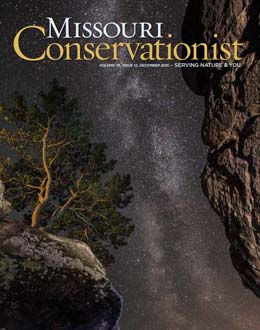We shot a pheasant a few yards away from a cattail-rimmed wetland and marked the spot where it fell. The dogs raced ahead, but my 9-year old German wire-haired pointer, Heidi, cut away and splashed into the water. We kicked the grass for the missing bird. Boy, was I mad! Here we were, looking for the pheasant, and my retriever was out playing in the water! Imagine my shock and then pride when she came up looking like a drowned rat with the just-as-wet rooster in her mouth. Probably the most heroic retrieve I ever misjudged from a dog who DID NOT like to get wet. I was reminded that day to trust her instinct. I hugged Heidi so long that I got wet, too.
Dogs Play a Conservation Role
Most bird dog hunters don’t think of their dog as a key tool in the conservation and careful use of game birds. But bird dogs play a vital role in finding downed or crippled birds that might otherwise be wasted. I typically forget about the conservation side because, for me, hunting is all about watching the dog. From that first hunt where the dog gets it and turns into a bird machine, to those later years in a dog’s life when I know what to expect, I am always amazed at sporting dogs’ abilities, instinct, and drive, just like I witnessed in Heidi that day. Back then, we didn’t even know Heidi was a “rescue dog.”
Not sure I had ever heard of a rescue dog, either! Dogs like Heidi are rescued from possible euthanasia at an animal shelter, or they are accepted from owners who no longer want or can care for them.
Benefits of Adoption
It wasn’t until the last several years, when both my younger sons got their own rescue bird dogs, that I saw the benefits of adopting a sporting dog. All three of the current bird dogs in our family are from rescue situations, their adoptions a result of referrals from a long-time friend and bird dog owner, Elsa Gallagher. Four of Elsa’s 11 dogs are rescue dogs, too.
The dogs available for adoption through rescue come from several different sources. Some are found in animal shelters. Some are turned over to various rescue programs because of a change in family circumstances such as a divorce or job transfer, or because the owners were not prepared for the energy level of a young bird dog. If you go online, you can find rescue dog sites for most breeds of dogs. The rescue dogs and potential owners are carefully evaluated to ensure the best possible placement for each dog. Rescue organizations typically charge a reasonable fee for neutering and other expenses.
For me, the biggest benefit of adopting a rescue dog is training and maturity. Between work and family, I don’t have time for a puppy. Most rescue dogs will be at least 1 year old. If you look hard enough, you can usually find a rescue dog that has had some training, or it may even be fully trained. For example, Heidi’s original owner had fully trained and hunted her. The problem was she wasn’t compatible in the field with the owner’s long-ranging pointers, so she didn’t get to see much action. Just a little finish training and she was good to go when she turned two. Those, like Elsa, who work with finding homes for rescue dogs, probably put it best: “Why get a puppy when there are plenty of good older dogs out there needing a good home?”
As with anything else in life, adopting a sporting dog is not always easy. You won’t know until you get the dog if there are behavior and health problems or gun-shyness. But I could make the same case about getting a new puppy. My current rescue dog, Trapper, was a little gun-shy, and he spent a couple of weeks with a professional trainer to overcome the issue.
I think a rescue dog was best for my son Andrew. He is single, has a full-time job, and really didn’t have time or enough hands to handle an energetic puppy. His Deutsch-drahthaar, Chief, was at least 18 months when they met for the first time. All Chief needed was a little training to get him ready for hunting. Chief has plenty of natural instinct, great pointing style, and a superior nose. He typically out-points other dogs and is able to find coveys and downed birds alike. On top of that, he is a great house pet for Andrew.
My youngest son, Tony, was still living at home when he adopted his Hungarian vizsla, Jake. The puppy was just 16 weeks old, and the breeder couldn’t get him sold. He told Tony that he wanted to help a young man get started with hunting gamebirds and gave him the puppy. This worked great since Tony, Andrew, or I could help care for, train, and exercise the dog. A vizsla was a great first dog since the breed is loyal, obedient, and known to make great pets. Vizslas were bred in Hungary to hunt for royalty several hundred years ago. While Tony may not be royalty, Jake certainly thinks he is.
Training for Both Dog and Owner is Important
Both Tony and Andrew got plenty of help from experienced bird dog owners. Most gratifying was help and advice from professional kennels. With their help, we learned that the key to training a bird dog is daily repetition of each lesson until the dog performs the desired behavior automatically. For example, my German shorthair, Trapper, had the natural abilities of pointing and retrieving, but he had problems when I wanted him to give me the quail he had so proudly retrieved. He wanted to play, which is typical of a young bird dog. So we spent about 10 to 15 minutes every night for more than a month learning the method of force-fetching. This is a process of making a dog completely reliable in its bird retrieving and delivery, turning play into obedience.
To start this training method, you must persuade a dog to accept a training dummy when he doesn’t want to. Getting him to open his mouth is the hardest part, but it just takes repetition — no matter how many times he turns his head. You don’t have to be a dog whisperer to do this. Some kennels and other commercial providers produce and offer excellent training videos right here in Missouri, and you can find plenty online to teach you all you need to know to train a bird dog.
Usually training a dog teaches me a thing or two, too. Each new dog I get and train just seems to do better than the one before. I like to think that we actually train each other.
The secret is getting these dogs on plenty of birds during the hunting season, whether quail in Missouri or pheasants and grouse in other states. In Missouri, you have to travel to areas of the state where quail are doing well, such as Missouri Department of Conservation quail emphasis areas. Or you can find a local gamebird farm that specializes in releasing pen-reared birds for hunts on fields managed for bird habitat.
No offense to my human friends, but I have never hunted with anyone who had the natural instincts, drive to hunt, or such amazing abilities as my bird dogs. Give a rescue dog a chance to fulfill its true purpose. It can be a friend, house pet, hunting companion, and the gateway to the sport of bird hunting. Adopt one, and a whole new adventure awaits you.
Beagle-Training Project Helps FFA Student Bridge the Gap Between Wildlife and Agriculture
By Kristie Hilgedick
“Get in there! Look! Look!” the young hunter shouted. A small pack of beagles raced out of sight, but not out of earshot. It wasn’t long before the telltale baying announced they’ve found a fresh rabbit trail.
“Everyone wants a fast dog, but also a good track dog,” explained 16-year-old Caleb Smith of Hartville. “It’s hard to find those qualities.”
Born into a family that reveres outdoor traditions, Smith started hunting rabbits competitively at age 13. He’s already seen success beyond his years, earning the Grand Prize and the Hound of the Hunt title at the Winter Classic Field Trial held in southern Osage County last year.
Beagles hunt for the joy of the pursuit, but Smith’s efforts are sweetened by the trophies and prizes he’s earned. As many participants know, outdoor sports can be expensive. Purebred canines, kennels, feed, and equipment all come at a cost.
This year the pastime morphed into something new for Smith. At Hartville High School, Smith turned his rabbit-hunting activities into a yearlong FFA project. While many of his peers will be raising prize steers and hogs, Smith will be cultivating prize beagles. As part of his project, Smith is recording the expenses he incurs and the profits he takes in.
Hartville Agriculture Instructor and FFA Advisor Doug Glenn approved the project, which bridges the gap between the use of ground for wildlife and the school’s agricultural program.
“Having an alternative approach works really well,” Glenn said. “We have so many students who want to be involved in FFA, but don’t come from traditional farm families.”
Another plus, said Glenn, is the low cost of entry, especially when compared with the expense of purchasing a large purebred animal and having the resources to raise it. He noted that rescued hunting dogs could be good candidates for FFA students like Smith who want to explore the connections between wildlife management and agriculture. “And it teaches the same responsibilities and life lessons we want to instill,” Glenn added.
With his standard-issue ball cap and shades, camouflage shirt and Wrangler jeans, Smith fits the definition of a country boy. He said the time he spends training and competing “keeps me out of trouble.” Smith chalked up his winning streak to luck, even though many of his competitors have decades’ more experience.
Red Oak Beagle Club Secretary Mike Ridenhour said the teen was being modest. “You have to be able to call your dogs, recognize their voices, and know the rules,” Ridenhour said. “It’s not entirely luck.”
Smith said it doesn’t matter to him if he wins or loses.
“I’ve beaten some of them, and they’ve beaten me. It’s how it plays out,” he said. “Although I like the adrenaline rush of competition, it’s peaceful hunting on my own. I like to listen to them run. I find it kind of calming.”
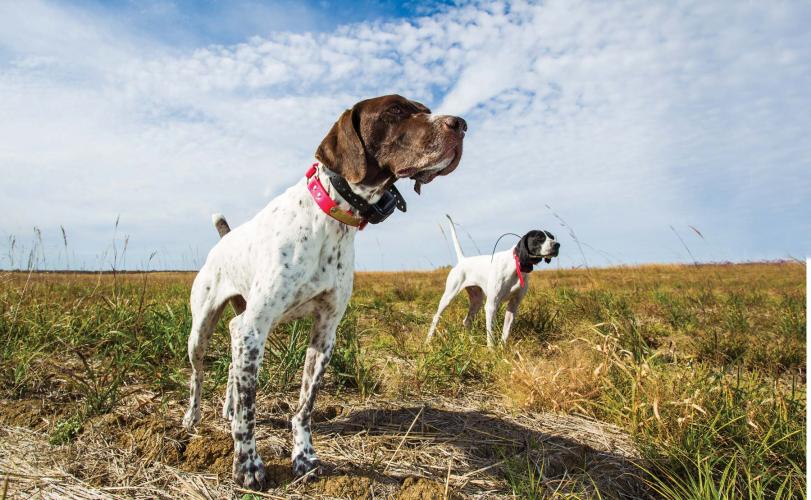
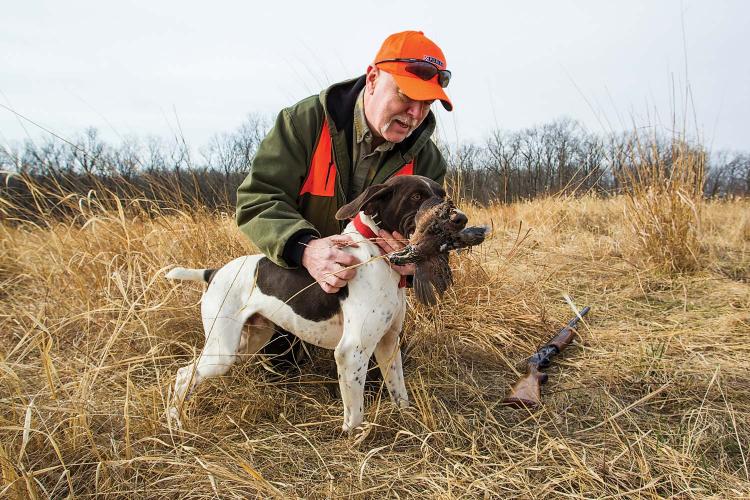
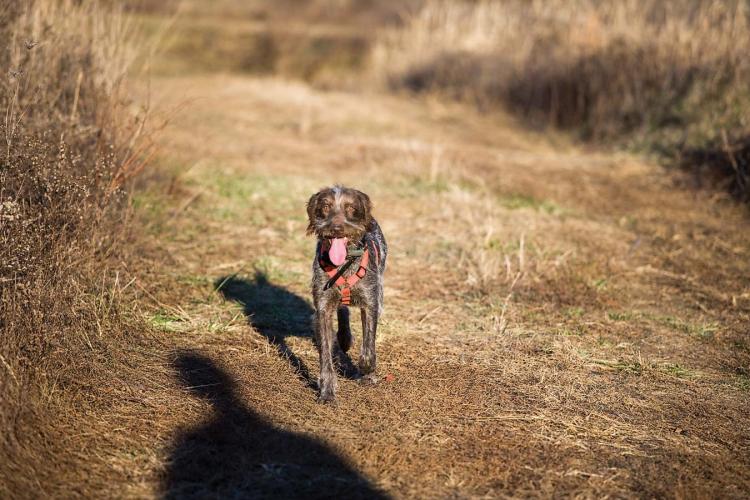
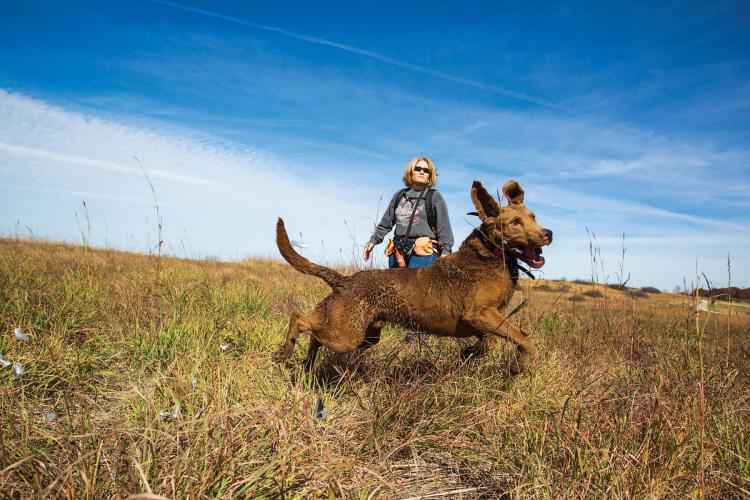
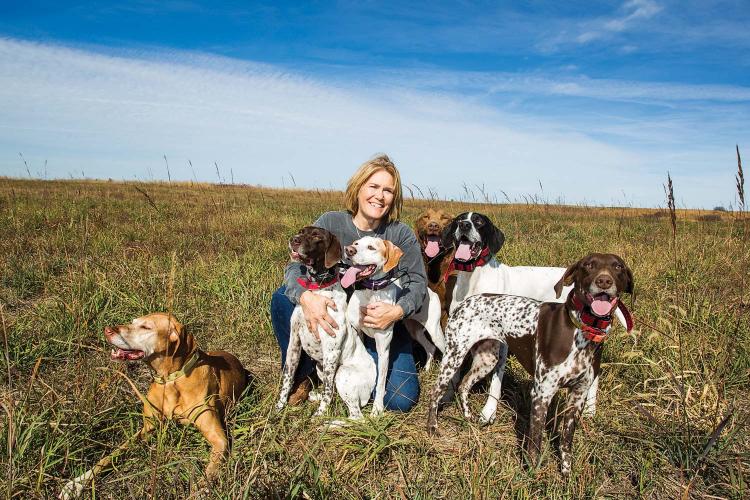
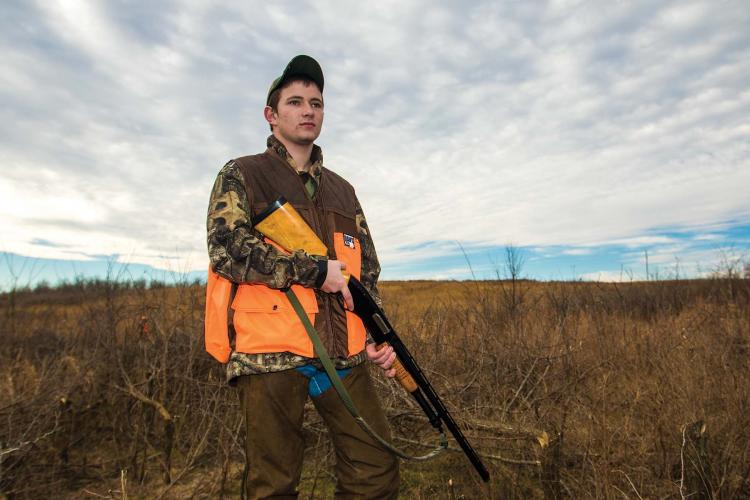
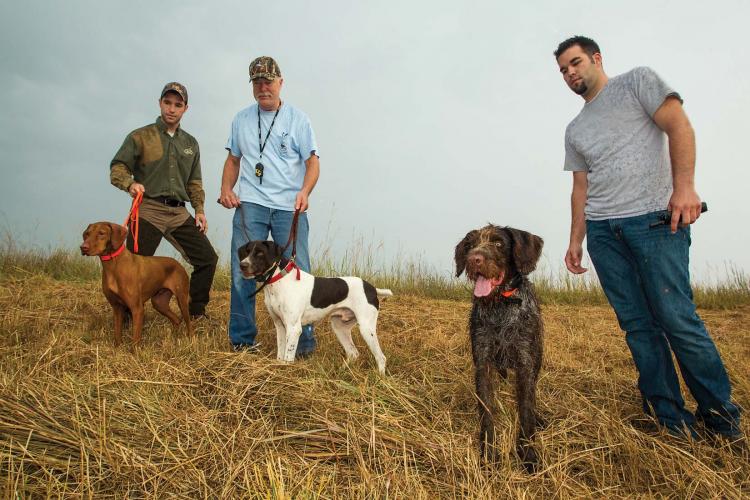
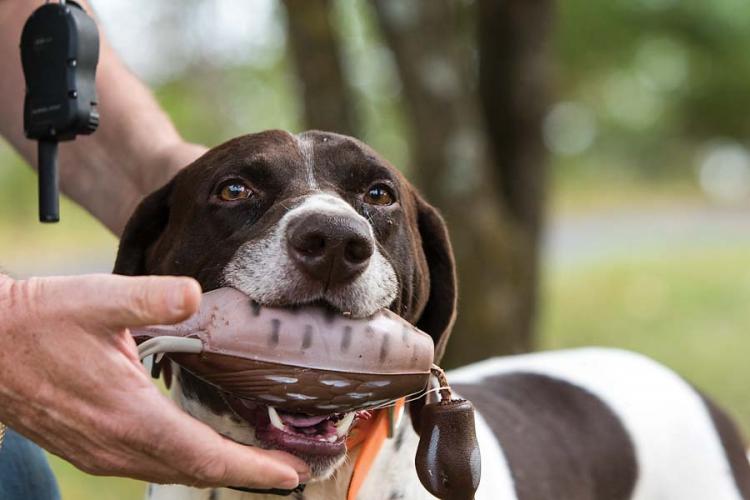

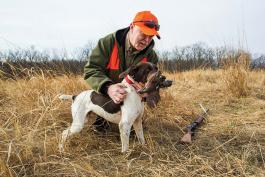

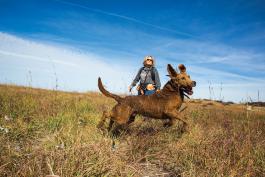
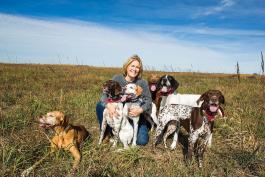

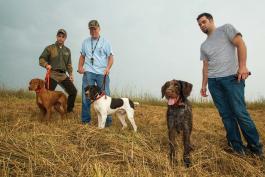
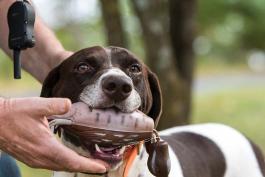
Also In This Issue

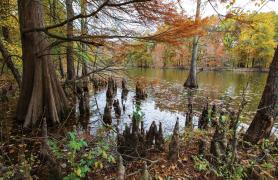
And More...
This Issue's Staff
Art Director - Cliff White
Associate Editor - Bonnie Chasteen
Staff Writer - Heather Feeler
Staff Writer - Kristie Hilgedick
Photographer - Noppadol Paothong
Photographer - David Stonner
Designer - Stephanie Thurber
Circulation - Laura Scheuler






















